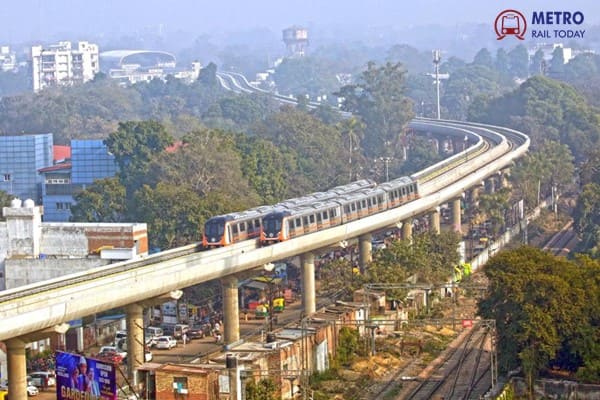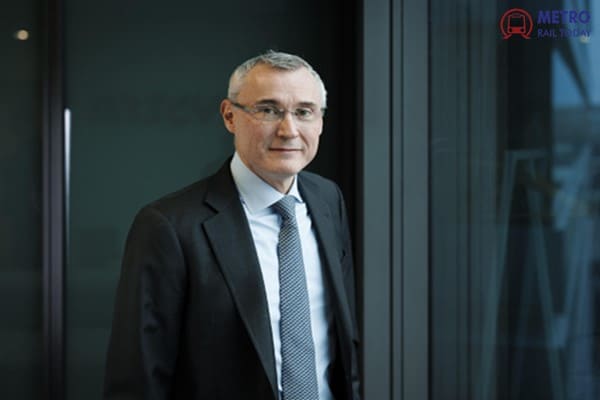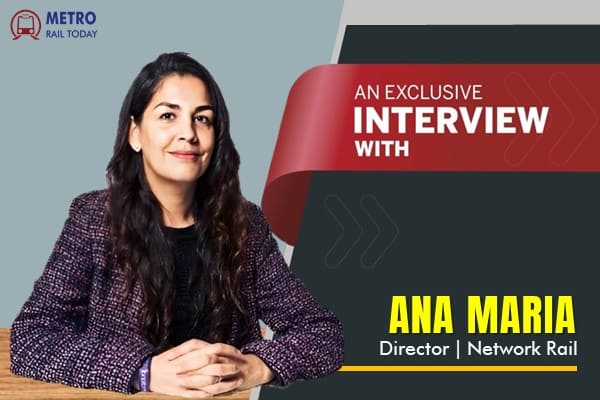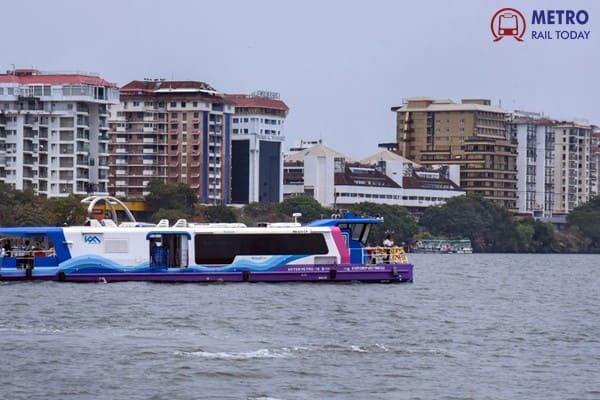 Kochi Metro bags contract to prepare DPR for Mumbai Water Metro Project
Kochi Metro bags contract to prepare DPR for Mumbai Water Metro Project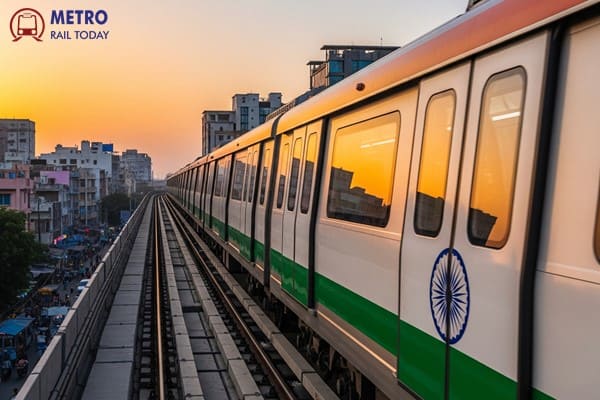 Six Firms Bid for first Civil Work Contract of Thane Metro Rail Project
Six Firms Bid for first Civil Work Contract of Thane Metro Rail Project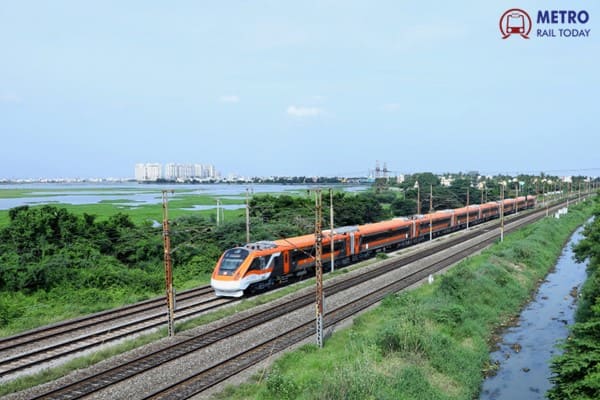 Kineco Group acquires UK-Based TRB Lightweight Structures to bolster Global Rail Interiors Business
Kineco Group acquires UK-Based TRB Lightweight Structures to bolster Global Rail Interiors Business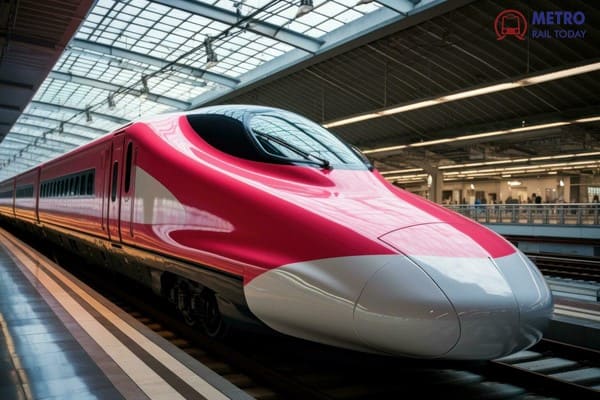 BEML partners with Knorr-Bremse to equip India’s First High-Speed Trains
BEML partners with Knorr-Bremse to equip India’s First High-Speed Trains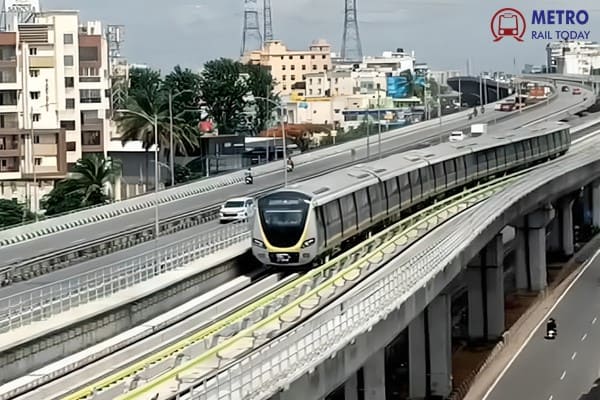 Bangalore Metro likely to procure 6 Additional Trains from BEML to ease Yellow Line congestion
Bangalore Metro likely to procure 6 Additional Trains from BEML to ease Yellow Line congestion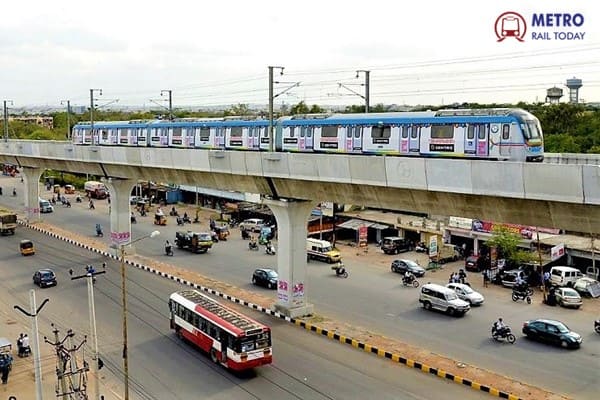 L&T proposes Hyderabad Metro Phase 1 handover to Telangana Govt amid Phase 2 expansion plans
L&T proposes Hyderabad Metro Phase 1 handover to Telangana Govt amid Phase 2 expansion plans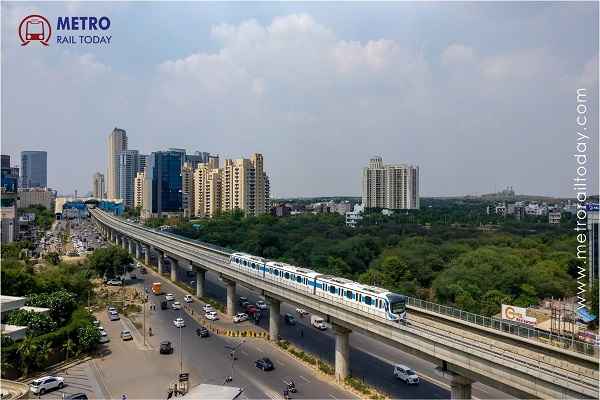 HMRTC to award DPR Contract for Sohna Road and Sheetla Mata Road Metro Corridors in Gurugram
HMRTC to award DPR Contract for Sohna Road and Sheetla Mata Road Metro Corridors in Gurugram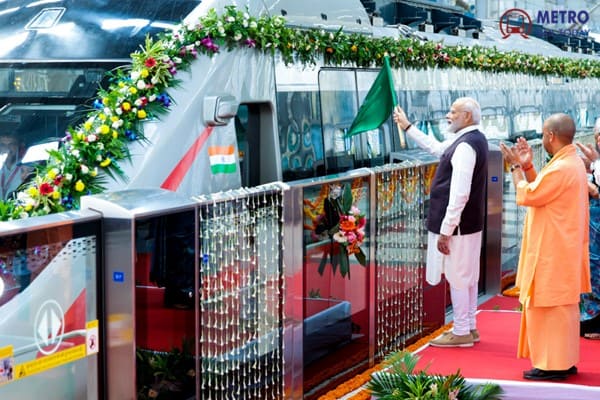 Namo Bharat Transforms NCR Mobility, Puts Uttar Pradesh on Track for High-Speed Growth
Namo Bharat Transforms NCR Mobility, Puts Uttar Pradesh on Track for High-Speed Growth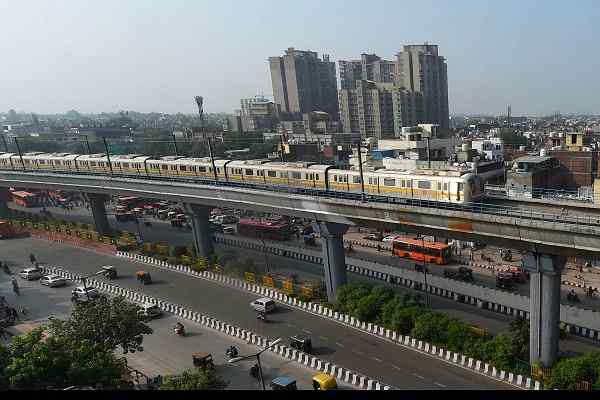 Alstom bags €42 Million, 10-Year Maintenance Contract from Delhi Metro Rail Corporation
Alstom bags €42 Million, 10-Year Maintenance Contract from Delhi Metro Rail Corporation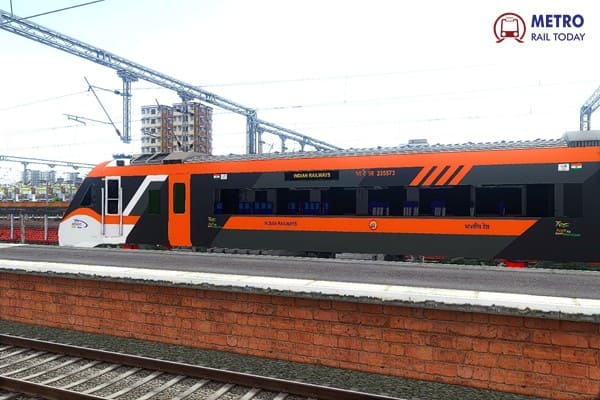 MRVC floats ₹21,000 crore Tender for 2,856 Vande Metro Suburban Coaches for Mumbai Region
MRVC floats ₹21,000 crore Tender for 2,856 Vande Metro Suburban Coaches for Mumbai Region
Exclusive interview with Mike Muralidharan, COO, Bahwan CyberTek
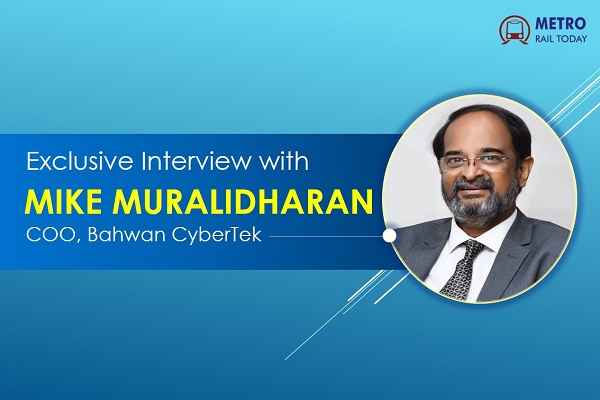
Mike Muralidharan, fondly called Mike, is the Chief Operating Officer for BCT-Core Global Business. In his role as COO, he spearheads the global operations and steers the organization’s business across various geos. A graduate engineer in Electronics and Telecommunications from the College of Engineering, Guindy, Muralidharan has over 26 years of experience in running various organizations in the areas of Marketing, Operations, Human Resources and Support Services along with overall enterprise management.
A top management professional, with a unique blend of experience working in diverse organizations, he has imbibed the diverse cultures of aggression and process orientation with exceptional relationship management skills and the ability to relate with people at all levels.
In his previous assignment as an entrepreneur, had earlier built and ran Precision Techserve Pvt Ltd, a 620-staff, multi-location organization, handling overall management responsibility for Infrastructure Technology & Solutions Business. Other key responsibilities he handled at Precision were Management of Principals, HR Management, Marcom Initiatives and CSR activities.
What is the digital technology that's making the most impact on the railway industry?
The importance of railways, especially in India a high-population nation, is undisputed. It is the largest rail network in Asia and is estimated to have transported 8.4 billion passengers annually and nearly 1.2 billion tonnes of freight in pre-COVID times. An important lifeline for trade and transport, railways in India play a vital role in urbanization and economic advancement.
Digitalization in railways, which was a steady trot in the pre-pandemic days, is now turning into a sprint to meet the rapidly changing market needs. The convergence of 5G, AI, ML, and IoT, and the relevance of railways during the supply chain and fuel crises, have renewed interest in digitalization. Most importantly, decision-makers are investing in technology to make railways safe, efficient and a good experience for the commuters. Passenger experience has become more important than ever and the industry is investing in Industry 4.0 solutions for new-age railways.
Digital Asset Management is an important aspect that will help railways improve efficiency through better utilization of assets and inventory. Smarter asset management will result in better management of assets throughout the lifetime of the assets, predict downtimes and prevent them through root cause analysis and enable efficient and automated processes to eliminate manual errors and delays. They will also help in the analysis of failures and optimum utilization of assets making public transport economically viable.
What are the major challenges while implementing digital technology in the Rail & transportation sectors?
The primary challenge, similar to every industry that is boldly embracing digitalization, is vulnerability. Digital railways will be exposed to more threats than ever before. An example of an external threat is the WannaCry virus that affected a German rail operator in 2017. While this attack did not cause serious operational disruptions, it demonstrated the need for eliminating vulnerabilities and improving security and governance.
The second challenge is the vast amount of data aggregated from different assets and entities. Railways 4.0 will generate a tremendous amount of data, which will need sophisticated ingestion, analysis, visualization, and reporting for informed decision-making. Data mismanagement can result in ambiguities or misdiagnosis, impeding digitalization rather than accelerating it.
The last challenge is the culture shift. While the attitude to technology has certainly shifted for the better, a siloed approach to digitalization will not yield results or deliver value. What the industry needs is a homogenous approach with every stakeholder at every intersection ready to replace legacy systems with new-age technologies and willing to embrace disruptions as opportunities for creating better railways.
How can the performance of Indian Railways be improved with the help of digital technology? Give some examples.
India has the fourth largest railway network with over 22,593 operating trains (9141 freight and 13,452 passengers) with a daily passenger count of 24 million passengers and 203.88 million tonnes of freight.
The amount of data collected from this vast network can make railways more efficient and enhance passenger experience. The advent of 5G will help in real-time data gathering, enabling operators to predict, automate, and manage maintenance. For example, smarter asset management systems will
reduce human intervention and minimize downtime, improve inspection planning, and streamline and optimize the performance of coaches, wagons, and locomotives.
Additionally, AI-enabled traffic and load planning and management, data-driven customer service, automated charting, and smart inventory management, will create hassle-free passenger experiences improving reliability on public transport.
Recently you collaborated with MMRC to build the Common Asset Management System (CAMS) for Mumbai Metro Line 3. Please share more details about CAMS and its applications in the Rail & Metro sectors. Please highlight some new developments in digitalization in Railways and the role of Bahwan CyberTek.
The Mumbai Metro Rail Corporation Ltd (MMRCL) partnership for the Common Assets Management System (CAMS) project is an exciting program. BCT’s integrated CAMS will optimize processes, perform lifecycle cost monitoring and improve the cost-efficiency of the assets of the MMRCL.
The CAMS solution will help MMRCL manage different types of assets such as rolling stock, tracks, power supply systems, traction systems, signalling and control systems, platform screen doors, telecommunication systems, plants and equipment, automated fare collection systems, escalators, and lifts, tunnel ventilation systems, security systems, infrastructure, and related systems and electro-mechanical systems like fire alarms, domestic water, lightning, etc. through a single-window enterprise application.
Mumbai Metro Line 3, which is expected to commute over 16 lakh people daily, is a massive project in terms of scale and application. Having executed large-scale EAM projects across the world, we understand the scale and volume of assets involved here. Our AI/ML-driven integrated asset management solutions are proven to keep critical assets operating at maximum efficiency.
What are your thoughts on the future of digitalization in Railways?
Railways digitalization will be about improving passenger experience and using the right technologies to optimize operations. The sector has come a long way from antiquated legacy systems and is looking at agile, digital-enabled infrastructure for better safety, efficiency, and experience. This increase in digital-enabled experience will be accompanied by an increased emphasis on cybersecurity, protecting data and assets from bad actors. Asset maintenance and inspection will also be delegated to drones, reducing human intervention. Passenger experience, ultimately, will be the intent of all transformations.
What is your feedback on the content we serve to Industry through our online and print publications?
It is very relevant to the industry. You are bringing out stories that will benefit various strata of stakeholders in the industry and help them gain awareness of the latest trends and technologies from around the world.





